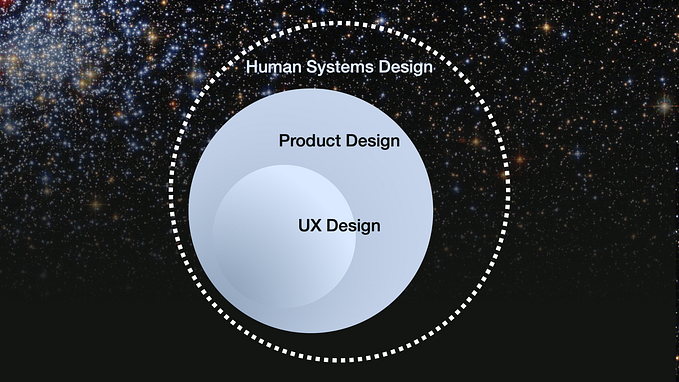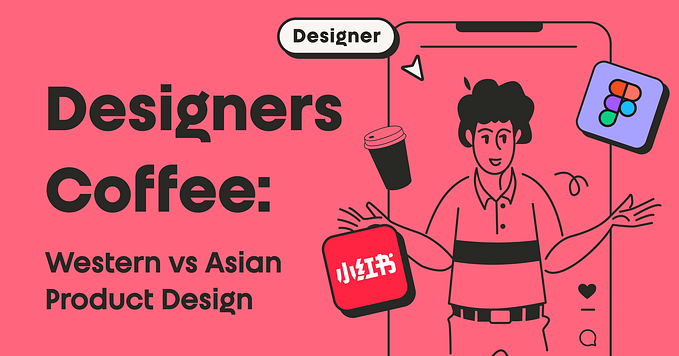Member-only story
Featured
The hype and risks of vibe coding
and why designers should not head down this path.
The rise of vibe coding
Vibe coding is all the rage right now. Sprouting out of a social media post, AI veteran Andrei Karpathy gave his unique perspective on a trending way to code:
There’s a new kind of coding I call “vibe coding,” where you fully give in to the vibes, embrace exponentials, and forget that the code even exists. It’s possible because the LLMs (e.g., Cursor Composer w/Sonnet) are getting scarily good.
Unsurprisingly, social media started lighting up, with many netizens declaring their enthusiasm for making products without a line of code. New York Times columnist Kevin Roose joined in the fun, and even legendary design veteran John Maeda attempted to jazz it up by calling it vibe-sliding, a subset category of automating presentation slides.
Speed and automation
As the scene unfolds, vibe coding almost feels like it’s the startup garages of the 1980s. Why? Because there has been a surge of single-prompt, full-stack solutions popping up in the arena. Names such as Replit, Bolt, Loveable, and Cursor are now increasingly becoming household names for product teams. What makes such a solution so attractive is the ferocious speed to iterate based on prompting. In just minutes and a few attempts, a seemingly workable solution is ready to be used.
The equivalent for UX can now be found in Figma AI’s First Draft. Similarly, with a single sentence, fully designed screens will appear to the novice user. The same goes for other UX platforms, such as Uizard and Webflow, jumping on the bandwagon.
Our Temptation to let go
Sounds great, doesn’t it? Could we imagine a world where we may finally remove the grind of creating minute adjustments of paddings, breaklines, rounded corners, and pixel pushing that is synonymous with UI designing? Though a larger group may continue to use…







